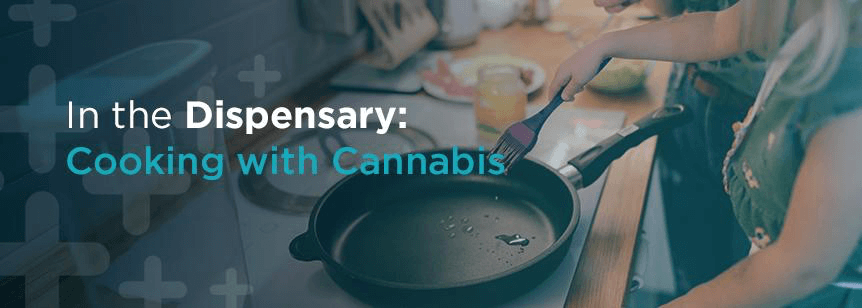
Cannabis-infused edibles have become increasingly popular and are available in an ever-growing variety of products. Edibles range from baked goods, cooking oils, beverages, brownie mixes and CBD mints to THC gummies, all of which can provide the desired effects of cannabis.
Click here to see the full infographic
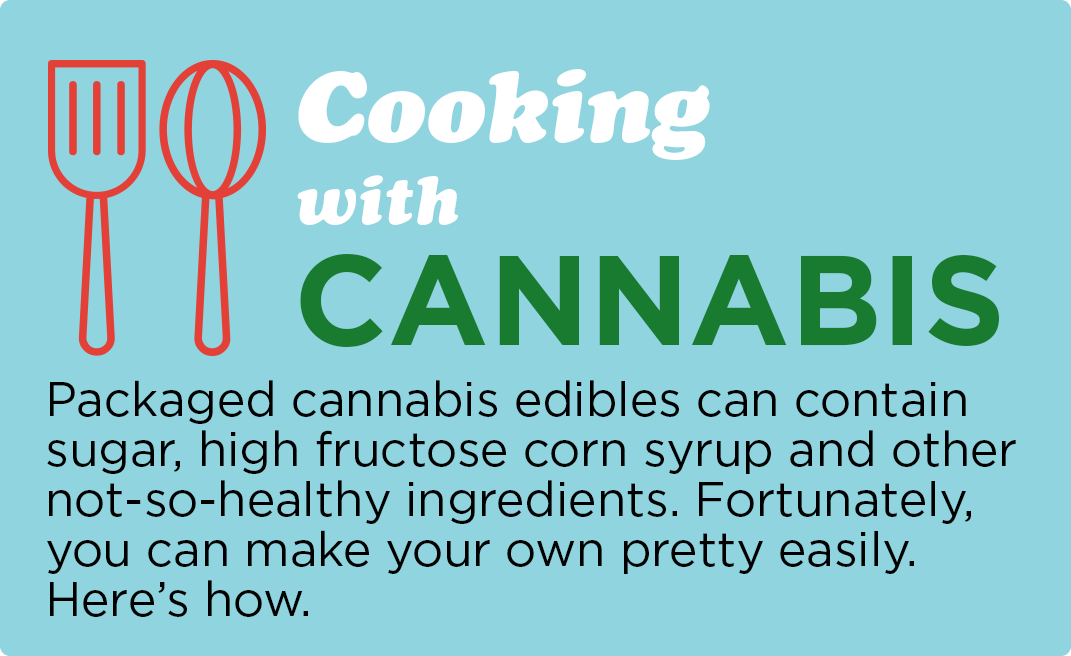
But even though they taste good, many packaged cannabis-infused products are made with sugar and may also contain high fructose corn syrup and other unhealthy ingredients. Some medical marijuana patients may prefer to prepare their own cannabis-infused meals and snacks. While it’s not that difficult, preparing edibles does require some knowledge of how to cook with cannabis. It is a little more complicated than just adding some crumbled weed into cookie dough and sticking it in the oven.
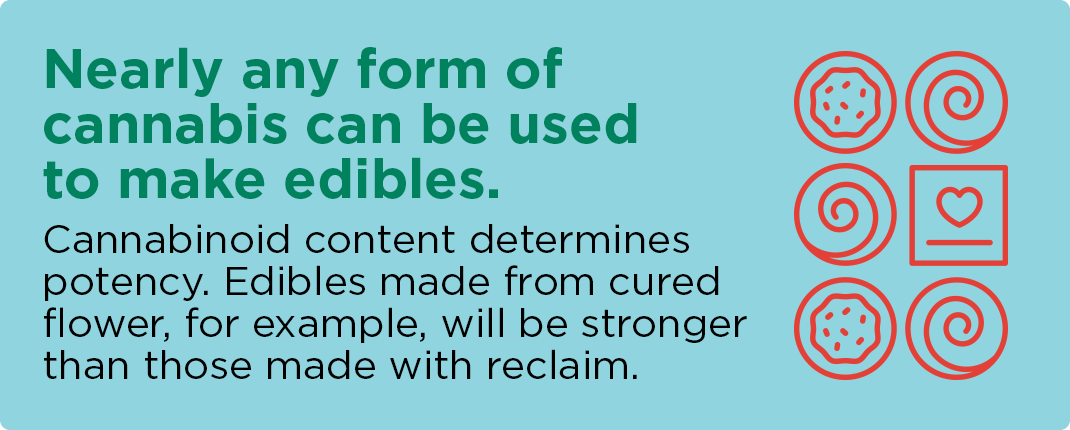
Almost any type of cannabis product can be used to make edibles including buds, trim, kief, solventless hash, solvent-based concentrates, and reclaim. Any product that has a measurable cannabinoid content can generally be used. It also goes without saying that the quality and potency of the material will significantly affect the strength of edible products. As an example, edibles that are made from cured, ground buds will be significantly stronger than if you use already-been-vaped (ABV) buds.
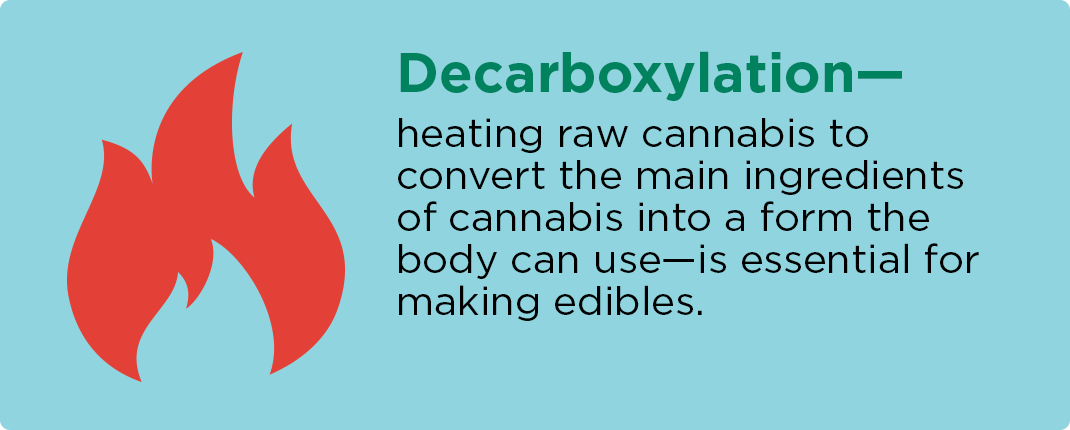
Cannabinoids in raw cannabis likely exist in their acidic, non-activated form, and must be decarboxylated to maximize their effect. This sounds more complicated than it is. Decarboxylation simply means that plant materials must be heated in order to for them to yield their full medicinal value. This is an essential part of preparing not only edibles, but also tinctures and topical treatments.
THCA and CBDA, the main active ingredients in cannabis, can’t interact with our cannabinoid receptors in their acidic form. Heating them converts them into THC and CBD, which are active in the body.
The major drawback of decarboxylating is that some more volatile terpenes, along with other aromatics that give the plant flavor and aroma, can disappear during the process. But that can be remedied by adding equal amounts of raw material to heated product.
The perfect method of decarboxylation has not been established, and there are many different opinions but very little scientific evidence as to what is the best way of going about it.
Here are some general instructions:
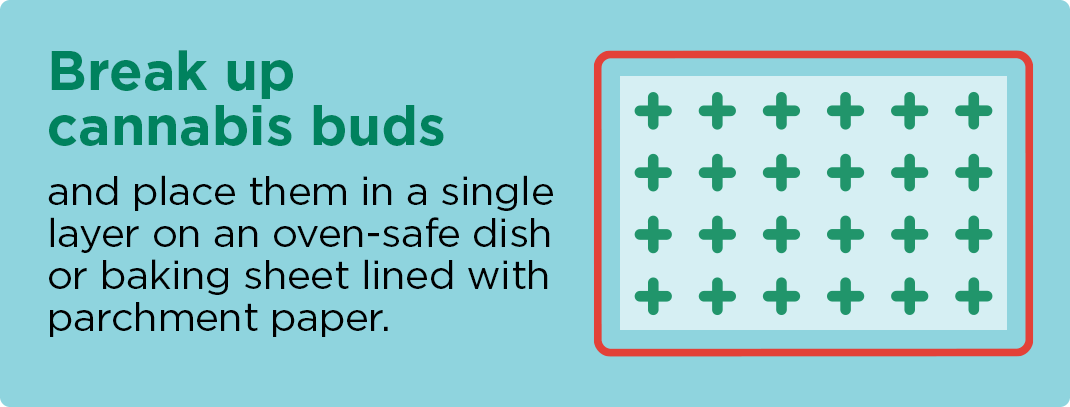
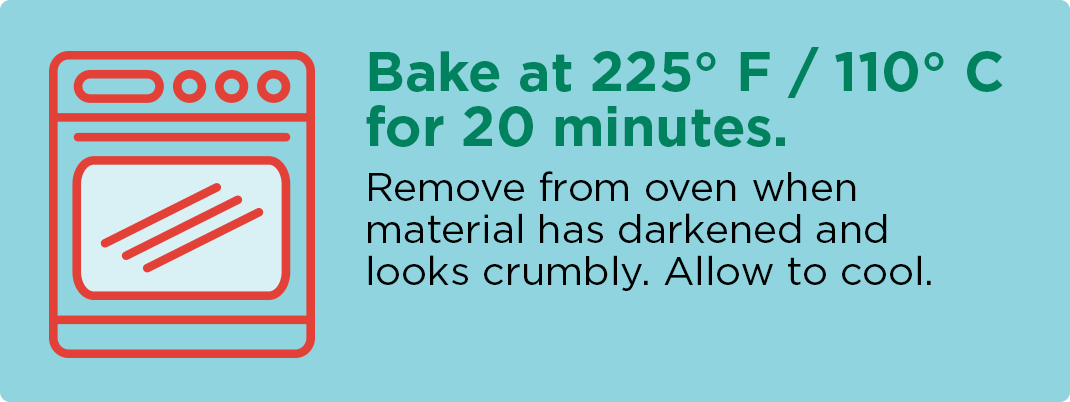
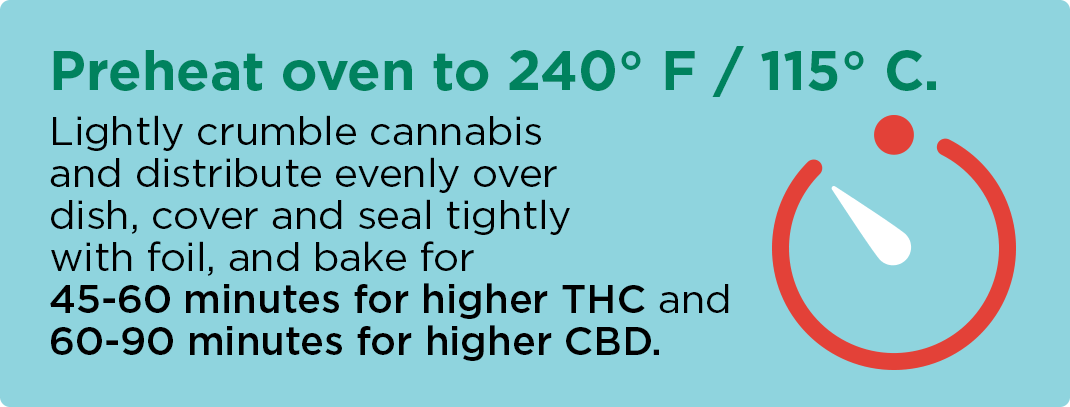
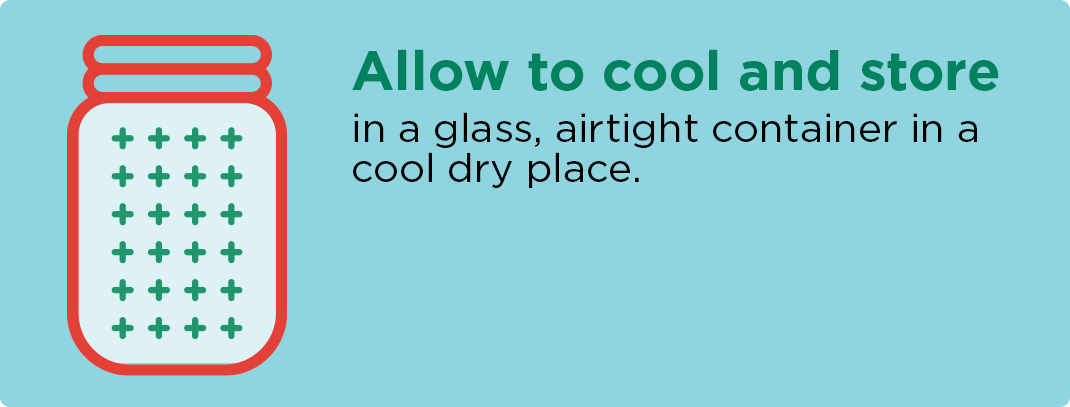
When you remove the material from the oven, allow it to completely cool down before taking off the foil. Whether or not it needs further processing depends on the material that was used. It can be ground up further in a food processor or blender, but be careful not to overgrind it into a super fine powder. It should be stored in a cool dry place inside of a glass (preferred) airtight container, where it will be potent, fresh and ready to use in your next batch of homemade edibles!
Roxanne Nelson is a registered nurse who has written for a wide range of publications for healthcare professionals and consumers, including Medscape, The Lancet, Prevention, Scientific American, WebMD, American Journal of Nursing, Frontline, National Geographic, Hematology Adviser, American Journal of Medical Genetics and the Washington Post, among others.
No Information on MarijuanaDoctors.Com should be used to diagnose, treat, prevent or cure any disease or condition. You can view our Full Disclaimer here.